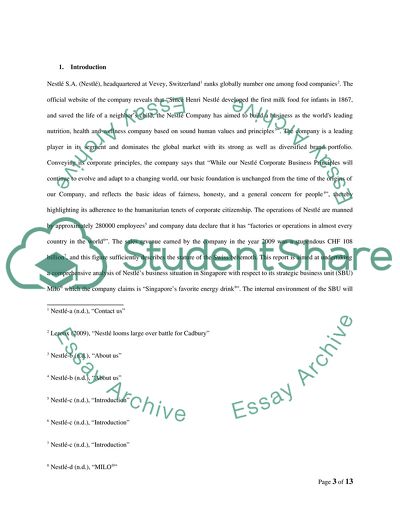Cite this document
(Strategic Marketing at Nestle Milo, Singapore Case Study - 1, n.d.)
Strategic Marketing at Nestle Milo, Singapore Case Study - 1. Retrieved from https://studentshare.org/marketing/1737972-strategic-marketing
Strategic Marketing at Nestle Milo, Singapore Case Study - 1. Retrieved from https://studentshare.org/marketing/1737972-strategic-marketing
(Strategic Marketing at Nestle Milo, Singapore Case Study - 1)
Strategic Marketing at Nestle Milo, Singapore Case Study - 1. https://studentshare.org/marketing/1737972-strategic-marketing.
Strategic Marketing at Nestle Milo, Singapore Case Study - 1. https://studentshare.org/marketing/1737972-strategic-marketing.
“Strategic Marketing at Nestle Milo, Singapore Case Study - 1”. https://studentshare.org/marketing/1737972-strategic-marketing.


